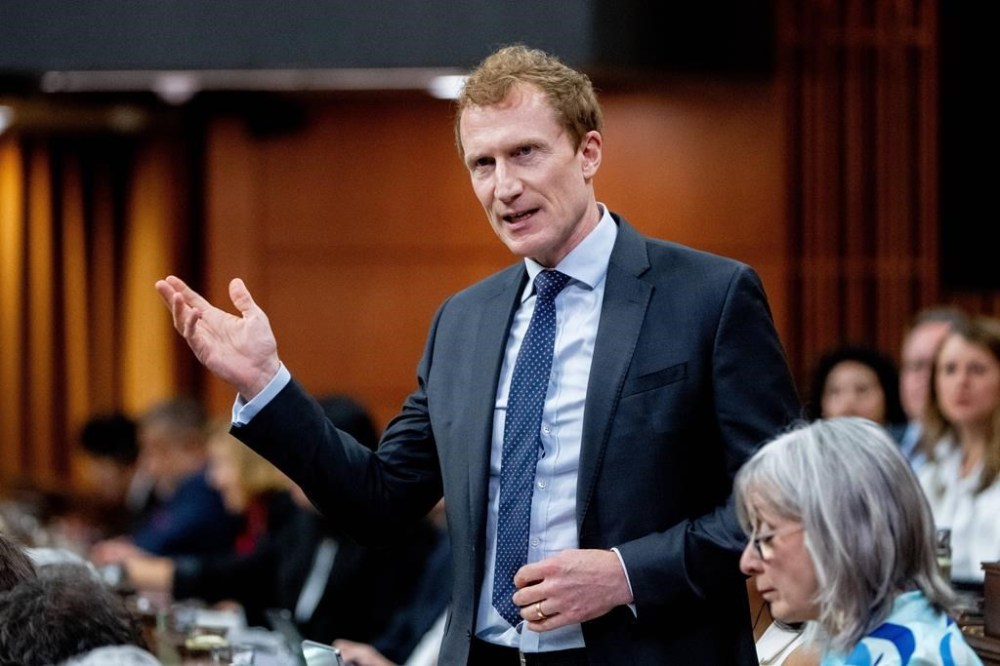International student enrolment drop creating unnecessary havoc
Advertisement
Read this article for free:
or
Already have an account? Log in here »
We need your support!
Local journalism needs your support!
As we navigate through unprecedented times, our journalists are working harder than ever to bring you the latest local updates to keep you safe and informed.
Now, more than ever, we need your support.
Starting at $15.99 plus taxes every four weeks you can access your Brandon Sun online and full access to all content as it appears on our website.
Subscribe Nowor call circulation directly at (204) 727-0527.
Your pledge helps to ensure we provide the news that matters most to your community!
To continue reading, please subscribe:
Add Brandon Sun access to your Winnipeg Free Press subscription for only
$1 for the first 4 weeks*
*$1 will be added to your next bill. After your 4 weeks access is complete your rate will increase by $4.99 a X percent off the regular rate.
Read unlimited articles for free today:
or
Already have an account? Log in here »
Hey there, time traveller!
This article was published 24/09/2024 (375 days ago), so information in it may no longer be current.
“These changes have impacted institutions nationwide, not just Brandon University. Many international students come from Nigeria and Ghana, and while those numbers are still significant, we’re seeing fewer new students coming in due to these new barriers.”
— Brandon University president David Docherty
“A decline in international enrolment jeopardizes the ability for some programs to run, and in turn, would actually decrease the number of seats available to domestic students, should they be in a cost-recovery offering.”

— Assiniboine College VP for enrolment Danielle Adriaansen
This might be a solid example of cutting off your nose to spite your face.
Brandon University confirmed this weekend that the institution has witnessed a 20.34 per cent decrease in international student enrolment this September, along with a 21.7 per cent decrease in credit hours registered by international students.
Docherty’s report to the BU board of governors on Saturday showed that Indigenous students increased by 7.9 per cent, as well as a small increase in domestic, non-Indigenous students — 0.9 per cent in headcount and 2.1 per cent in credit hours.
But the biggest story here might well be in the first-time student category.
First-time student credit hours were down by 12.8 per cent compared to last year, overall. Credit hours for domestic non-Indigenous students had seen a slight decline of 1.5 per cent, though the number had increased significantly for Indigenous students by 21.9 per cent.
The greatest loss for the university, however, was felt in first-time international student credit hours, which decreased sharply by 74.1 per cent.
The decline, Docherty said, is mainly due to the implementation of a mandatory deposit for international students, as well as significant changes to study permit requirements enacted by Immigration, Refugees and Citizenship Canada earlier this year.
Earlier this month, Brandon University spokesperson Grant Hamilton had told the Sun that the federal government felt a need to tackle some very reasonable concerns in Ontario and some other provinces, “but their approach is having an unfortunate impact here in Manitoba.”
And while Assiniboine College told us earlier this month that it’s a bit too early in the academic year to determine whether international student enrolment will be up or down, Adriaansen told the Sun that tuition deposits indicate that “new international student enrolment for upcoming terms may be down compared to last year.”
Last January, Immigration Minister Marc Miller announced new visas for international students would be slashed by more than one-third this year. Affordability and housing were top items on Ottawa’s agenda, he said at the time, with a growing focus on the role record immigration has been playing in both.
The two-year cap Miller imposed would give federal and provincial governments time, he said, to tackle problems in the student visa system that have allowed some “bad actors” to take advantage of high international student tuition while providing poor education.
Until last week, students joining master’s doctoral and postdoctoral programs were exempt from Miller’s overall cap on international students. But on Wednesday, Miller further tightened the rules, including extending the cap on foreign enrolment through 2025 and 2026, and including master’s and doctoral students for 2025 and beyond.
Spousal work permit eligibility will also be further limited, with only spouses of master’s degree students with a program at least 16 months in length eligible for a spousal permit.
The move, according to Ian Wereley, the executive director of the Canadian Association for Graduate Studies, has inflicted significant damage on Canada’s reputation as an international education destination.
“All those I spoke to felt surprised or even blindsided by the announcement,” he told The Canadian Press, while describing the sector as “already in a state of crisis.”
What it tends to do is push away talented students who could earn a degree here in Canada and become valuable members of Canada’s workforce. Students who have other options will take them — and it’s clear that at least some of them are doing so.
Nonetheless, the policies are impacting universities that were not part of the government’s intended target — those “bad actors — and costing this country people who could be future doctors, nurses and entrepreneurs.
And in a province like Manitoba, where finding employees in the health-care and business sectors has become increasingly difficult, this will not help.
At the same time, universities and colleges will have to make some tough choices regarding courses, and whether they can continue offering courses that international student tuitions helped pay for.
Post-secondary institutions will eventually pivot, as they must, but it will take significant effort, cost and time to get there.
In the meantime, the havoc these policy changes have created could and should have been avoidable.
